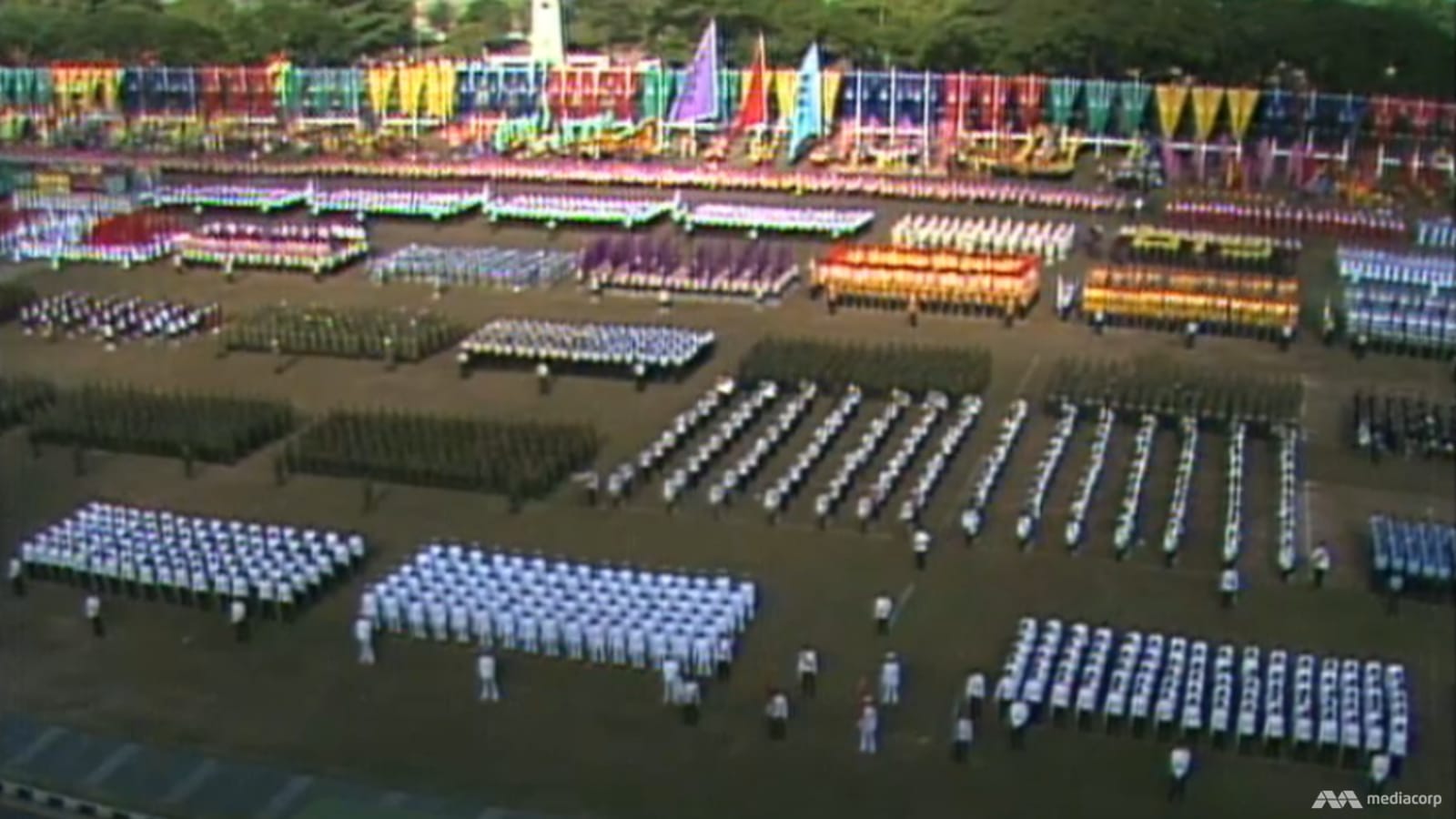
Advertisement
CNA revisits five elements of the potential UNESCO World Heritage Site candidate and the historic moments that took place there.
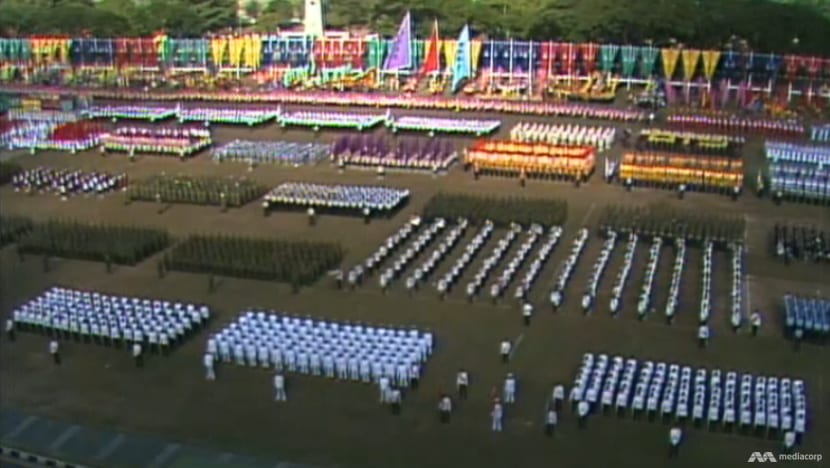
The 1978 National Day Parade at the Padang. (Image: Mediacorp)
SINGAPORE: The Padang and the structures that surround it tell the story of Singapore, from its early days as an outpost of an empire to its tumultuous birth as an independent country and its arrival on the world stage.
With the National Heritage Board announcing on Thursday (Mar 9) that Singapore has identified the Padang and its surrounding architecture as a potential candidate to be the country’s second UNESCO World Heritage Site, here is a look at some of the elements of the Padang Civic Ensemble and their history.
The Padang

The story of the Padang extends far back into the mists of time, where history and legend often meet.
Sang Nila Utama is said to have seen the lion from which Singapore gets its name here, sometime in the late 13th century, and archaeological digs in the area have uncovered artefacts dating back 700 years.
It was here that British East India Company personnel camped in early 1819 as Stamford Raffles and Sultan Hussein Shah signed the treaty that marked the founding of modern Singapore.
And in the earliest known town plan for Singapore, devised by Raffles in 1822, drawn up by the surveyor Philip Jackson and published in 1828, the Padang is marked out as an “Open Square”.

Through the years of British rule and the Japanese occupation, the Padang was a place for recreation and celebrations.
It would retain this role as Singapore began its journey as a new nation.
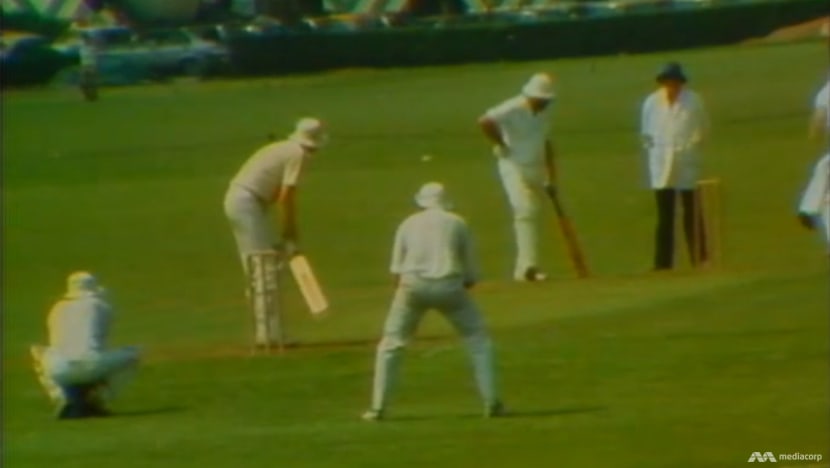
On Aug 9, 1966, Singapore celebrated the first anniversary of its independence, and the first National Day Parade (NDP) was held at the Padang.
NDPs would be held at the Padang until 1975, when the parade was decentralised to mark the 10th anniversary of independence.
The parades would return regularly, however, and since 1995, NDPs have been held at the Padang once every five years. The 2019 parade also took place there to mark the Singapore Bicentennial.
In 2023, the NDP will return to the Padang while redevelopment works transform the regular venue for NDPs, The Float @ Marina Bay, into NS Square.
Former City Hall

The Padang was also the backdrop to scenes of national mourning in 2015, when Singaporeans lined up on its turf in their thousands to pay their last respects to the country’s founding prime minister, Lee Kuan Yew.
It was a fitting farewell for a leader who marked a number of milestones on the steps of City Hall.
Chief among these were his proclamations of Singapore’s independence as part of Malaysia in 1963.
On Aug 31 of that year, he stood on the steps to declare de facto independence.
When the Federation of Malaysia was officially declared on Sep 16, Mr Lee returned to the steps to announce the formal end of colonial rule in Singapore.
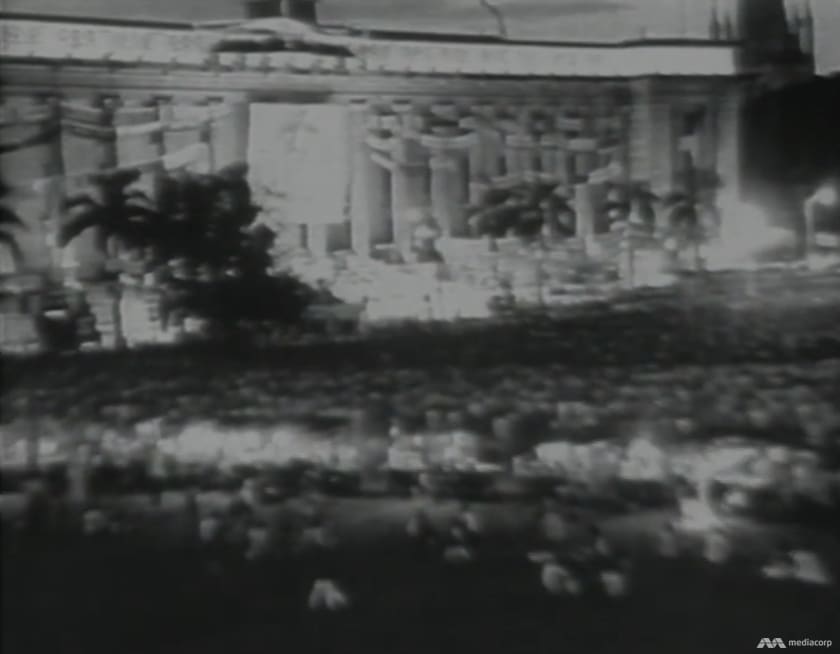
In his speech, as transcribed in the book Lee Kuan Yew: Blazing the Freedom Trail by Anthony Oei, he said: “We have decided this day to go into it in unity, willingly and freely with our brothers in Malaysia, Sabah and Sarawak and we shall help bear our share of the burden that independence brings to us.
“In return, all we ask for is an honourable relationship between the states and the central government, a relationship between brothers, not a relationship between masters and servants.”
Completed in 1929 and initially known as the Municipal Building, City Hall got its name when Singapore was granted city status in 1951.
Today, City Hall forms part of National Gallery Singapore, together with the former Supreme Court.
Former Supreme Court
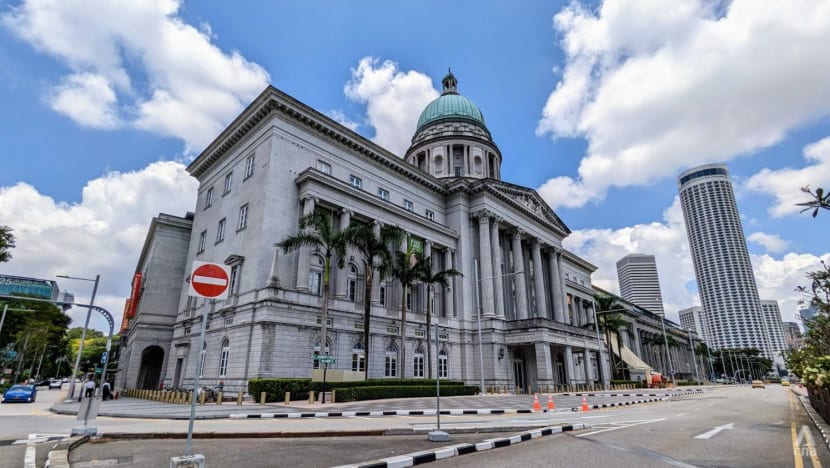
Standing alongside City Hall since 1939, the former Supreme Court remains one of Singapore’s most remarkable buildings.
It has seen some of Singapore’s darkest moments, hosting trials for war criminals in 1946 and witnessing the 1950 custody battle for Maria Hertogh boil over into a full-blown riot that would leave 18 people dead.
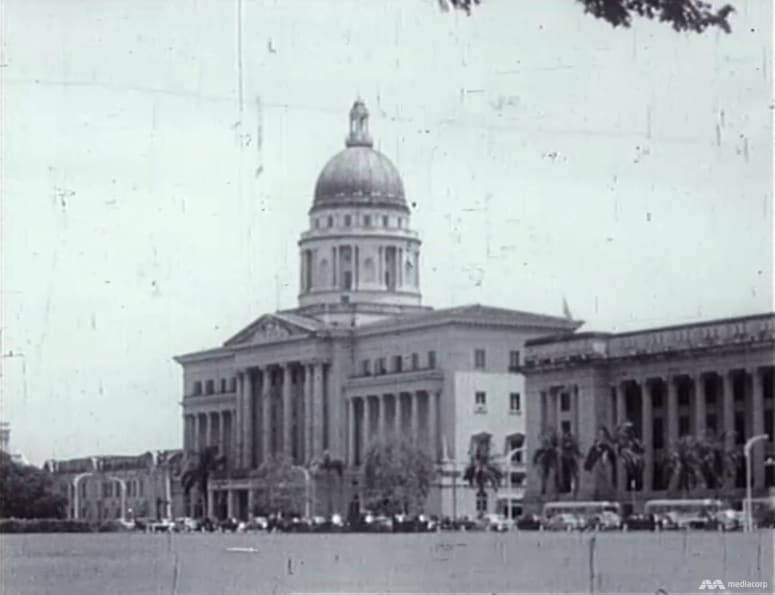
In recent years, however, as Singapore has grown in stature as a centre for culture and sports, it has played a very different role.
Since 2008, the building has been a focal point during the Formula 1 Singapore Grand Prix, with images of drivers racing past it on the Marina Bay Street Circuit before negotiating the Singapore Sling turn beamed around the world.
Victoria Theatre and Concert Hall
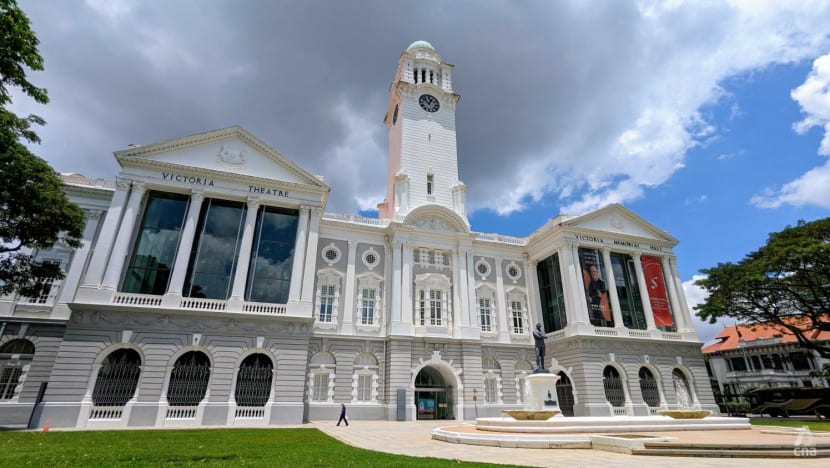
Broadcasting in Singapore itself can trace some of its roots to another of the Padang Civic Ensemble’s iconic structures – the Victoria Theatre and Concert Hall.
The facility was actually constructed in two phases, with the first building completed in 1862 to serve as Singapore’s Town Hall. The second building, commissioned as a memorial for Queen Victoria, was completed in 1905.
The clocktower between two buildings, which still chimes out the time tirelessly today, was completed a year later.
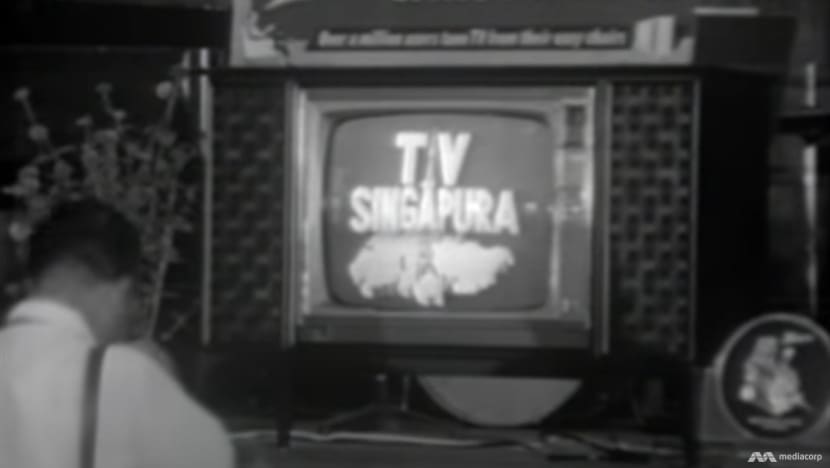
It was at what was then known as the Victoria Memorial Hall on Feb 15, 1963, that Singapore’s first TV station, Television Singapura, was launched.
The station’s inaugural broadcast, lasting an hour and 40 minutes, was watched at the hall by 300 guests and by thousands more at the Victoria Theatre and community centres around the island. About 2,400 families also had their own TV sets and watched the broadcast at home.
The first broadcast featured then Minister for Culture S Rajaratnam, who said: “Tonight might well mark the start of a social and cultural revolution in our lives.”
Old Parliament House
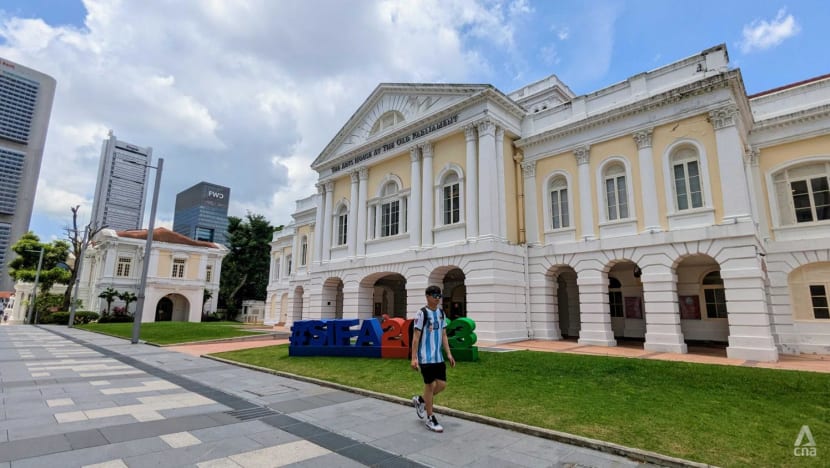
The early years of the new millennium were exciting ones for Singapore’s arts community, with the Esplanade and the STPI workshop and gallery opening in 2002 and the establishment of the future School of the Arts (SOTA) announced in 2004.
Another arrival on the scene in 2004 was the Arts House, which opened less than two weeks after the SOTA announcement with a 10-day festival dubbed the “Ultimate Housewarming Party” headlined by Singapore artists.
Close to two decades on, it continues to be at the heart of the arts in Singapore.
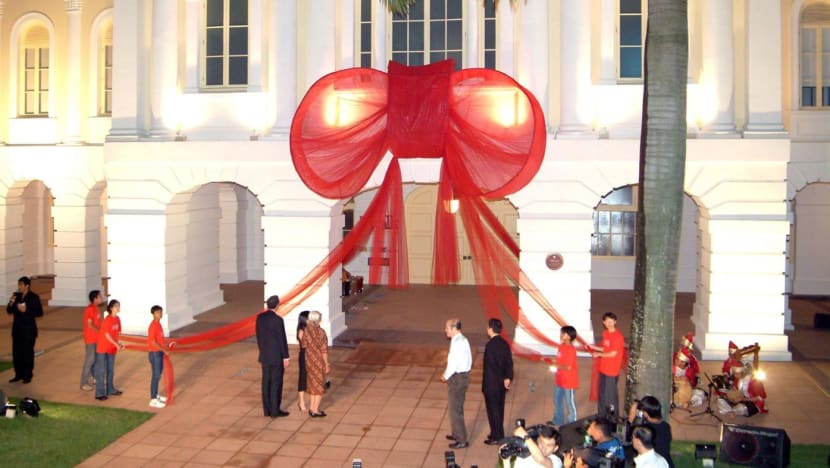
While the Arts House is a relatively “young” facility, it occupies some of Singapore’s oldest buildings.
One of them, the Old Parliament House, began life as a private residence known as Maxwell’s House when it was completed in 1827.
It was built for the Scottish merchant John Argyle Maxwell by the prominent early colonial-era architect George Drumgold Coleman (alternatively spelled Dromgold, Drumgoole and Doumgold depending on the source), who also designed the Armenian Church and part of what is today the CHIJMES complex.
The house was soon rented to the colony’s government who used it as a courthouse, and it was expanded in a number of phases over the course of eight decades. Today’s Annex Building was added in 1839.
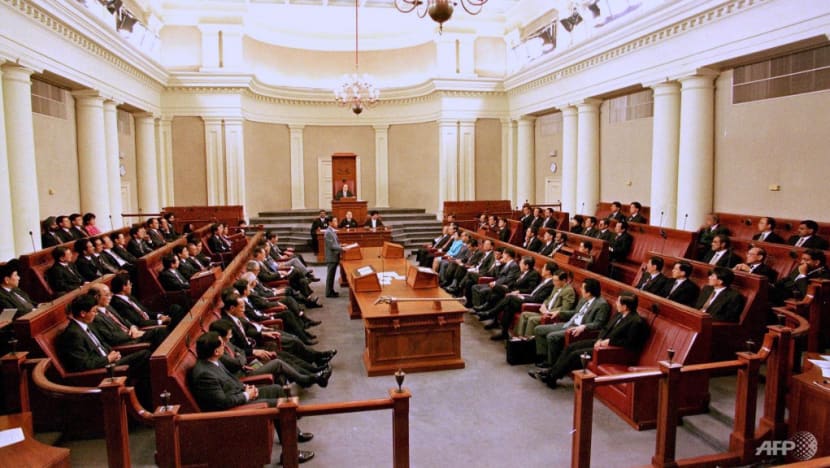
As Singapore gained partial internal self-government in the mid-1950s, Maxwell’s House was renovated to house the new Legislative Assembly.
With independence, Legislative Assembly House was renamed Parliament House, and it served as the home of Singapore’s Parliament until 1999, when it shifted to the Parliament House of today right next door.


